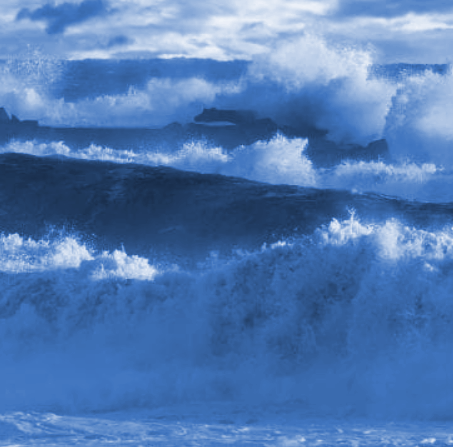Wave supplies studied
 Experts have assessed wave power potential at key sites around Australia.
Experts have assessed wave power potential at key sites around Australia.
Several firms are planning wave energy projects along the coasts of Victoria and Western Australia (put forth by Albany and Carnegie Clean Energy Ltd) that have won the backing of government funding schemes.
They plan to convert the consistent motion of waves into electricity using semi-submersed devices located offshore.
It has been estimated ocean wave energy could contribute up to 10 per cent of Australian renewable energy needs by 2050.
Wave energy advocates argue that consistency is an advantage in the mix of renewable energy technologies.
To find out just how consistent the technology is, a Griffith University research team has combined simulated wave data from the coasts of Newcastle, Sydney, and Seal Rocks, with conversion efficiency data obtained from 10 ‘pre-commercial’ wave energy devices (national and international).
This allowed them to examine the variability of wave energy production and performance between months and years.
They found highly-significant variability in some areas, enough that it should be factored into wave energy feasibility assessments.
The researchers said that recent assessments of the economic viability of wave energy farm projects failed to consider these variations and were instead based on annual and/or seasonal averaged assessments.
But Griffith study author Joao Morim said the findings support the long-proposed viability of wave energy farm projects.
“We have shown that inter- and intra-annual variations of monthly wave energy production can reach 30 to 70 per cent depending on the device and site, showing that economical feasibility studies based on stationary annual/seasonal-averaged analysis are misleading,” Mr Morim said.
“Our preliminary analysis finds that smaller-scale wave energy devices optimised to local sea states can not only potentially lead to a much higher wave conversion performance, but also lead to reduced electrical production variations between months (30 to 80 per cent) and between years (11 to 80 per cent) - which plays a key role in the cost-efficiency of wave farm projects.
“These results show that using wave technology specifically developed for certain sea-states characteristic of a region is key to significantly enhance energy conversion performance, and decrease variations in electricity supply - which represents a promising finding for the future of wave energy exploitation and support future estimations of economic viability of wave energy farm projects within Australia and other countries.”
The findings are particularly valuable since wave energy is largely uncorrelated with wind power and has only a third of the natural variability exhibited by wind energy.
Furthermore, waves can be forecast three times further ahead than wind.







 Print
Print